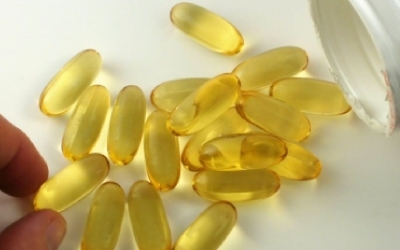How an Iron Deficiency Can Lead to Health Problems
Iron is one of the most vital nutrients for the body, an essential mineral that transports oxygen throughout the body as an important component of haemoglobin. It is also one of the common nutritional deficiencies, especially in women.
So it’s vital that everyone gets enough iron because you need it for energy levels and if you are iron deficient, your body can’t make enough healthy oxygen-carrying red cells and you are likely to be anaemic. When you’re anaemic, you’re likely to be easily tired, perhaps even exhausted by doing simple things such as walking up stairs and this fatigue can affect brain function and your immune system.
An iron deficiency will also affect your hair, skin and nails so it’s important to get this sorted out as quickly as possible. At-risk groups include menstruating and pregnant women, the elderly, vegetarians and those who don’t eat red meat.
The recommended daily amount (RDA) of iron for adults in the EU is 14mg. Babies need more iron than adults to deal with their fast-growing bodies, while boys and girls should get 10mg daily until aged eight and then 8mg daily from 9-13. However, excess iron can be toxic so keep iron supplements away from children at all times.
Most people will get all the iron they need from their diet – from the likes of red meat and from leafy green vegetables and dried fruit. However, these are two different types of iron. The haemoproteins found in red meat are the most easily and effectively absorbed. The inorganic iron in fruit and vegetables comes in two different forms – ferrous and ferric.
If you have an iron deficiency, you can try to redress the balance by eating iron-rich foods but many people use supplements, often in combination with vitamin C, to improve their iron levels.


Comments are closed.